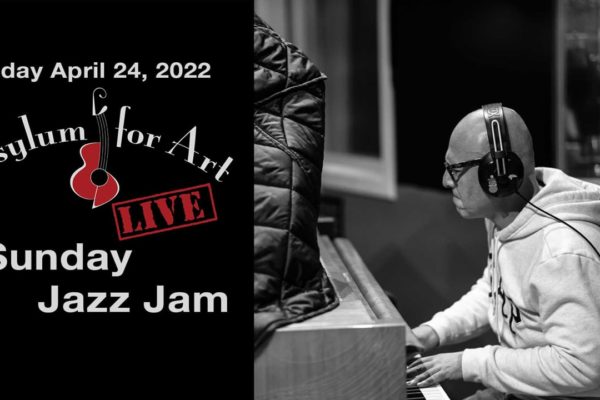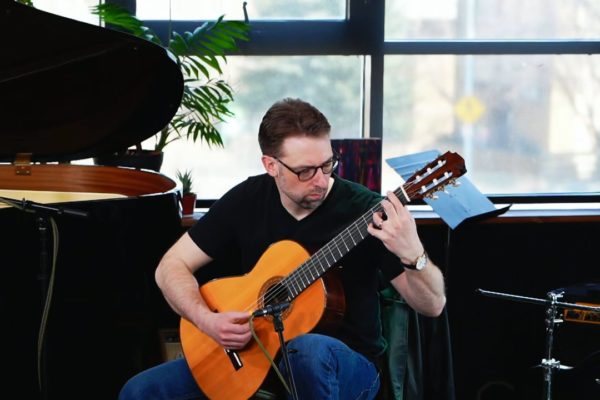February 19, 2022
ASYLUMforART
Performers
Nia Devetzis
Jiajia Li
Performed by Nia Devetzis and Jiajia Li
This piece was composed influenced by alcides lanza’s creative processes in plectros IV (1974-I) and ontem (1991-I). Like plectros IV, acrostic takes place at an imaginary antique shop. The percussionist enters the shop and begins to interact with the instruments (antiques). The flautist, as part of the antique shop, begins interacting with the percussionist — inspired by lanza’s approach, I see the flautist as a sort of automaton. The piece develops with the percussionist moving around the stage and playing different groups of instruments for each miniature. The underlying narrative is that the flautist progressively becomes more sentient by the end of the piece. To reinforce this narrative, at the end of each miniature, while the percussionist moves to the next position on the stage, the flautist plays fragments from a song by Violeta Parra (1917-1967) titled Gracias a la vida. These fragments can be found at the page entitled interludes for flute.
The influence of the creative process of ontem in this piece comes from lanza’s exploration of text. Contrary to his creative habits, the working documents of ontem contain a fair amount of sketches (and sketchings) in which one can observe the composer manipulating text and creating new words. Inspired by lanza’s approach, I took a similar posture in my intertextuality with Parra’s material.
Each miniature is one letter of the word ANTIQUITÄTEN, found on lanza’s score on plectros IV. In total, there are twelve miniatures connected by fragments for solo flute. As a coincidence, lanza’s first name, alcides, is also one of the names by which the mythical character Hercules is known. In comparison, perhaps these twelve miniatures can be seen as the twelve labours, whereas the flute can be seen as Hercules. Similar to Hercules’ struggle, in acrostic, the flute has to undergo several tasks before becoming sentient. The idea of having the flutist play material from Gracias a la vida, therefore, is to bring pathos to the piece.

